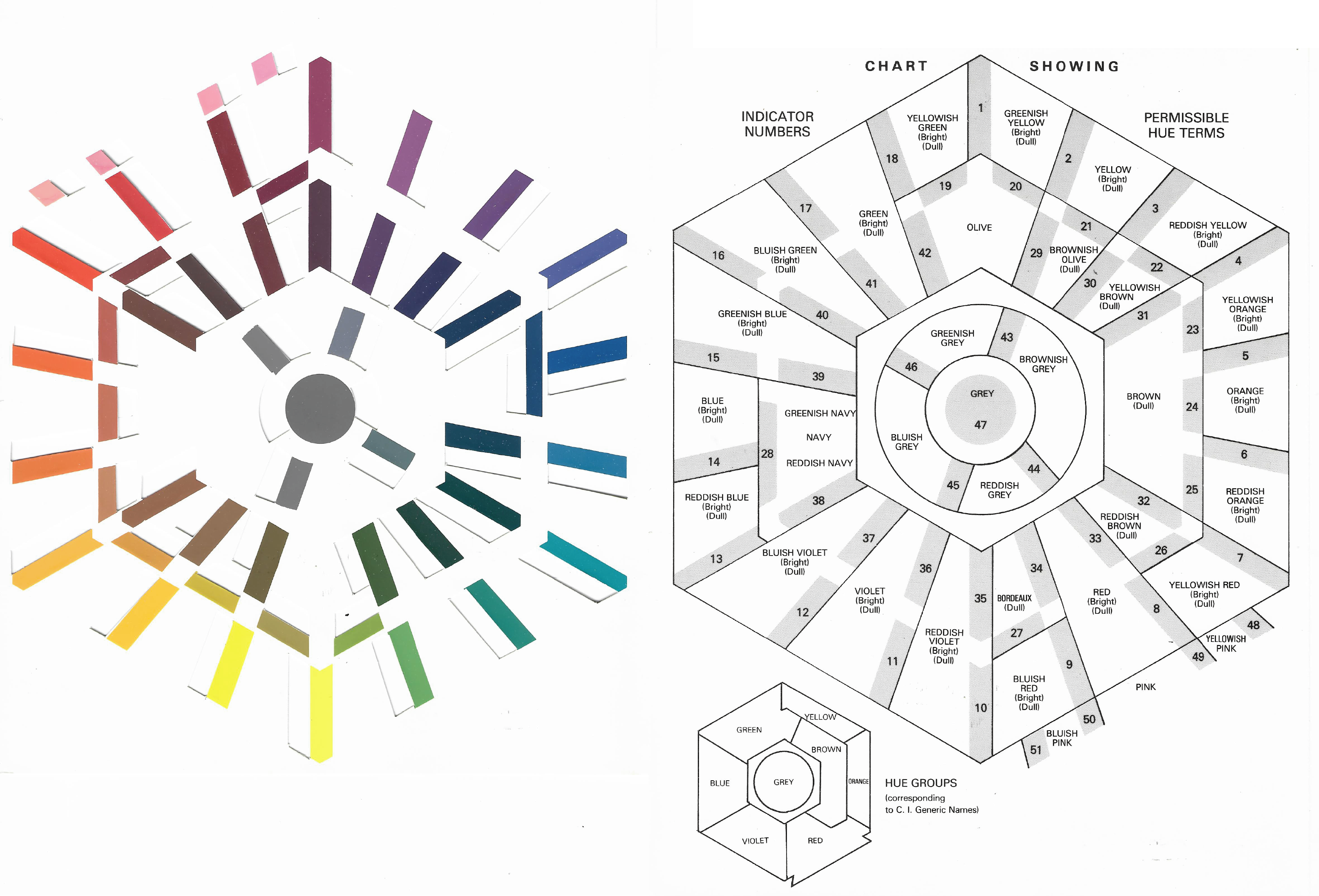Overview
The content of these pages will provide some definitions of the technical terms used in the Colour Index™ as well as information on chemical and application classes of dyes. Where this information is historically correct but awaiting updating to fully reflect current understanding and practice this will be highlighted.
- Data Supplied by Manufacturers
- Main Application
- Uses and Comments
- Physical Form of Products
- Product Status
- Hue Indication Chart
Data Supplied by Manufacturers
The information on commercial colorants, and on their manufacturers and suppliers, contained in this publication has been provided by the companies themselves. In providing data for inclusion the supplier has signed a declaration stating that he has direct access to full test and safety data produced for the product he is selling. The user is advised to contact the supplier for this information and to verify for himself the position on regulation for the relevant country of import.
Main Application
To assist in searching, manufacturers and suppliers are asked to indicate main application areas recommended for their respective products. These are:
- Apparel
- Automotive fabrics
- Carpets
- Food
- Furnishings
- Knitwear
- Leather
- Microfibres
- Other
- Paint
- Paper and board
- Printing inks
- Swimwear
- Woven fabric
Uses and Comments
This is a free-text section of each product record that a manufacturer or supplier can use to indicate some of the principal features and/or uses of the product concerned. It is searchable.
Because this information is provided directly from the manufacturer or supplier, a wide range of search terms entered in this field can be expected to produce useful results. One of the four main application areas listed is 'Other': some of the more common terms for products thus classified that are adopted by manufacturers include:
| Adhesive | Drug | Marker | Pyrotchnic |
| Aluminium | Emulsion | Metal | Resin |
| Aqueous | Fibre | Metal complex | Ribbon |
| Artists' colour | Fluorescent | Mineral | Rubber |
| Ball pen | Foil | Oil | Smoke |
| Ballpoint | Food | Packaging | Soap |
| Candle | Fuel | Paper | Stain |
| Cement | Gasoline | Petrol | Textile |
| Ceramic | Indicator | Pharmaceutical | Toner |
| Concrete | Lacquer | Polish | Wax |
| Cosmetic | Leak | Polymer | Wood |
| Detergent | Leather | Polyolefin |
Where information has been provided by a member company of the Color Pigment Manufacturers' Association Inc. (CPMA) via the Association, this fact is recorded.
Physical Forms of Products
To assist in searching, manufacturers and suppliers are asked to indicate the physical form in which their products are supplied. These are:
- Powder
- Presscake
- Granule
- Chip or flake
- Liquid dispersion
- Liquid
- Paste
- Flush color
Product Status
| Current | Indicates that, for the Colour Index Fourth Edition Online, a commercial product has been confirmed by the manufacturer or supplier to available under a particular C.I. Generic Name. |
| Unconfirmed | Indicates that a commercial product has previously been confirmed by the manufacturer or supplier to be available under a particular C.I. Generic Name. Usually the information concerned was included in the Colour Index Third Edition, but the publishers have not been able to verify whether or not the information is still current. |
| Withdrawn | Indicates that a commercial product has been been withdrawn from sale by the manufacturer or supplier. |
Hue Indication Chart
The most important property of any colorant is its hue on a given substrate. The colorants in each usage section have therefore been subdivided into the hue groups conventionally used in the literature: yellow, orange, red, violet, blue, green, brown and black in that order, with the addition of white and metals to the pigments section.
The commercial name under which a colorant is marketed does not necessarily give a precise indication of its hue. This is well illustrated by the wide divergence that frequently occurs between the commercial names used by different manufacturers for the same colorant.
To overcome these inconsistencies and to introduce some measure of standardisation a hue indication chart, in the shape of a hexagon, gives prominence to the six major divisions of alternate primary and secondary hues, and at the same time provides continuity.
Each sector of the hexagon is divided into three parts, e.g.
the yellow is divided into yellow itself, greenish yellow and reddish yellow.
The tertiary hues are situated inside the area of the primary and secondary hues, and in association with the parent hues. With the chart there is an outline diagram that bears the formal descriptions associated with the individual chromatic areas, each of which is designated by an outline which functions as a line of demarcation between the different areas. There is no qualification in respect to the hues being dull or bright as this can be affected by the substrate to which the colorant is applied and this is to be used only as an indication. The hues given in the Colour Index have all been determined by use of this chart.
The diagram below, gives both users and registrants an approximate indication of the hues concerned.
To use this the colour palette of the computer should be set to more than 256 colours. The calibration of the monitor used will also affect the colours displayed, so it is important to understand that the colours included are approximate and should be used as a guide only.
Download the chart in PDF format or click the image below to see a full size version.


